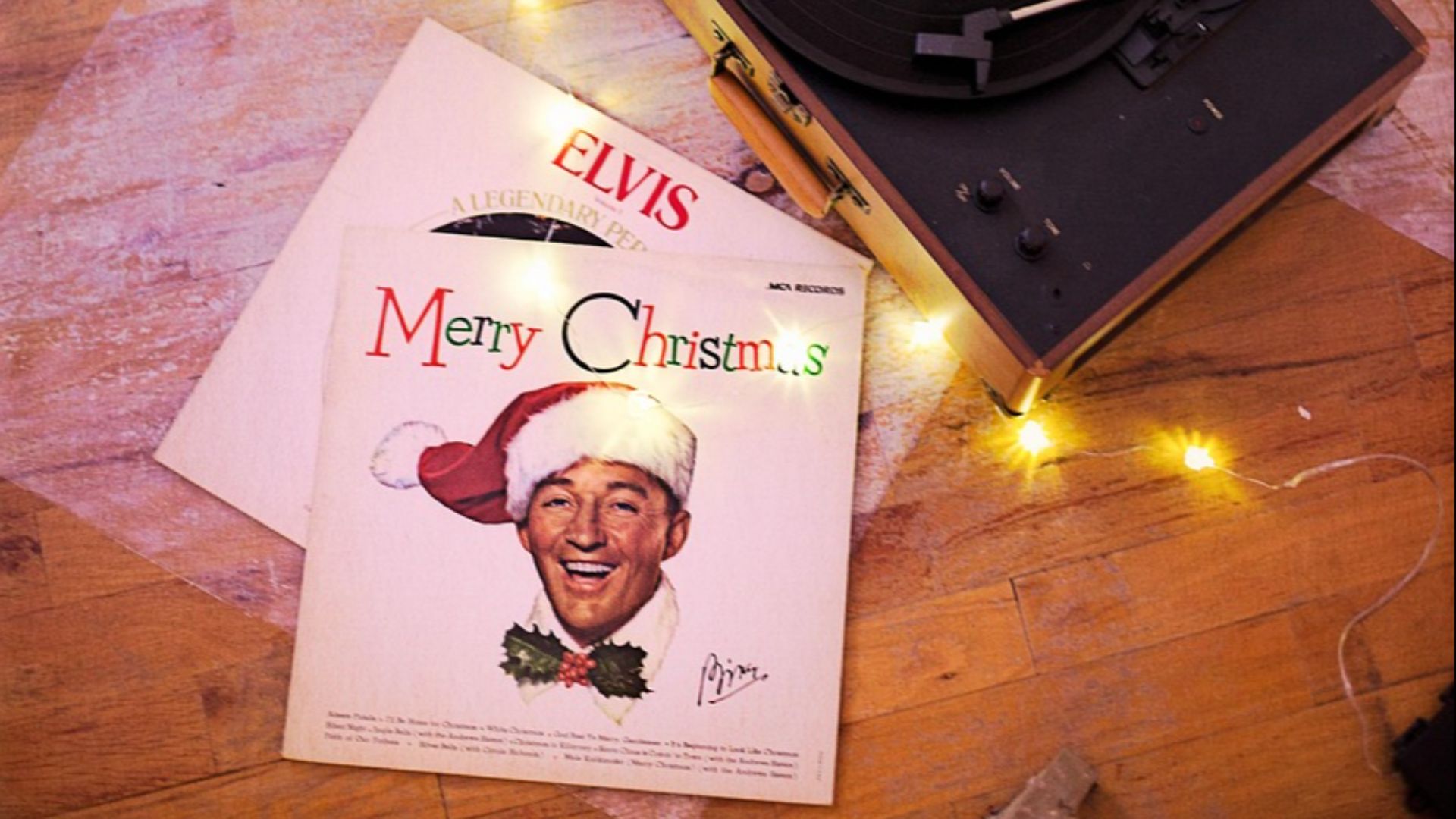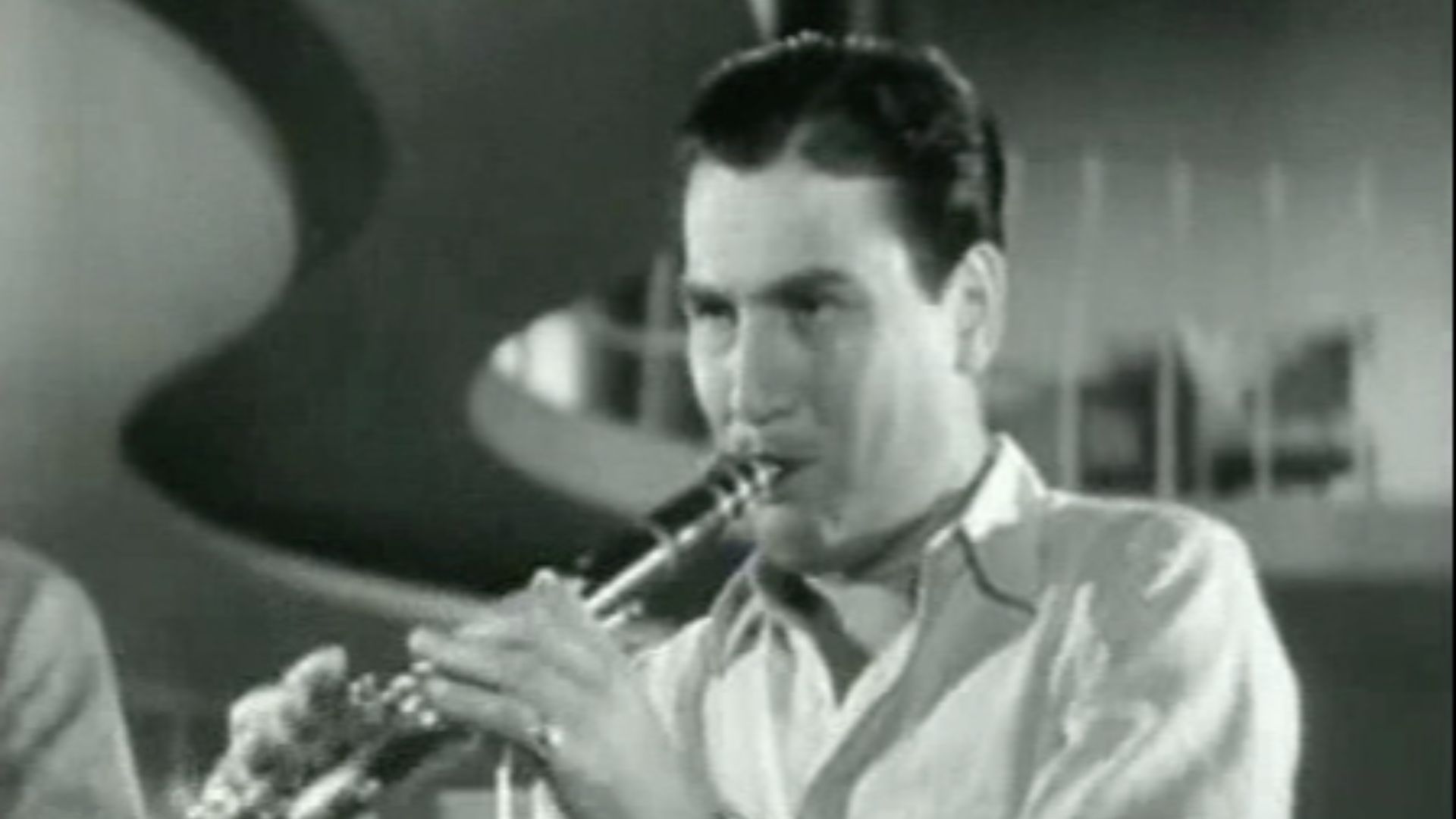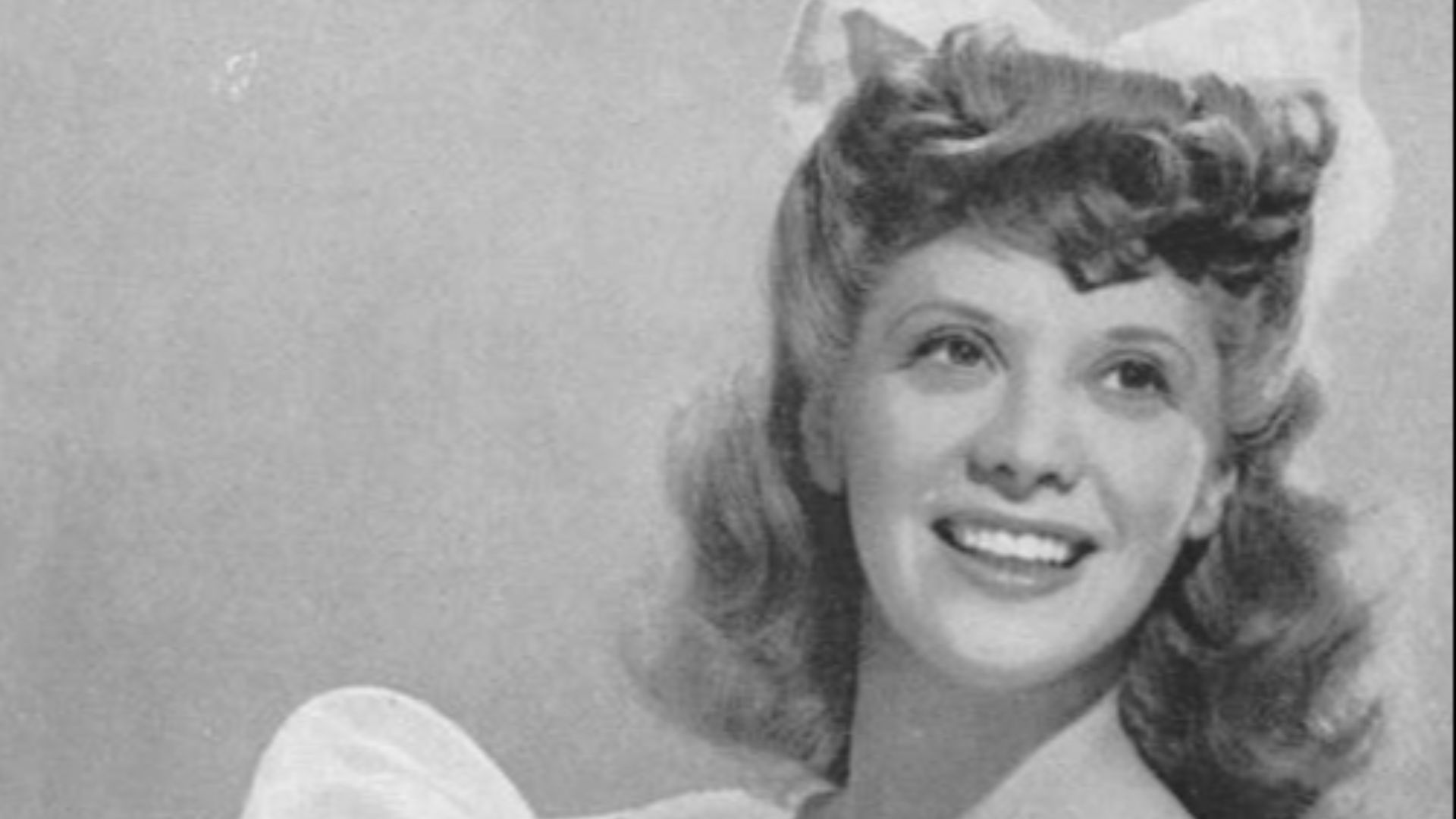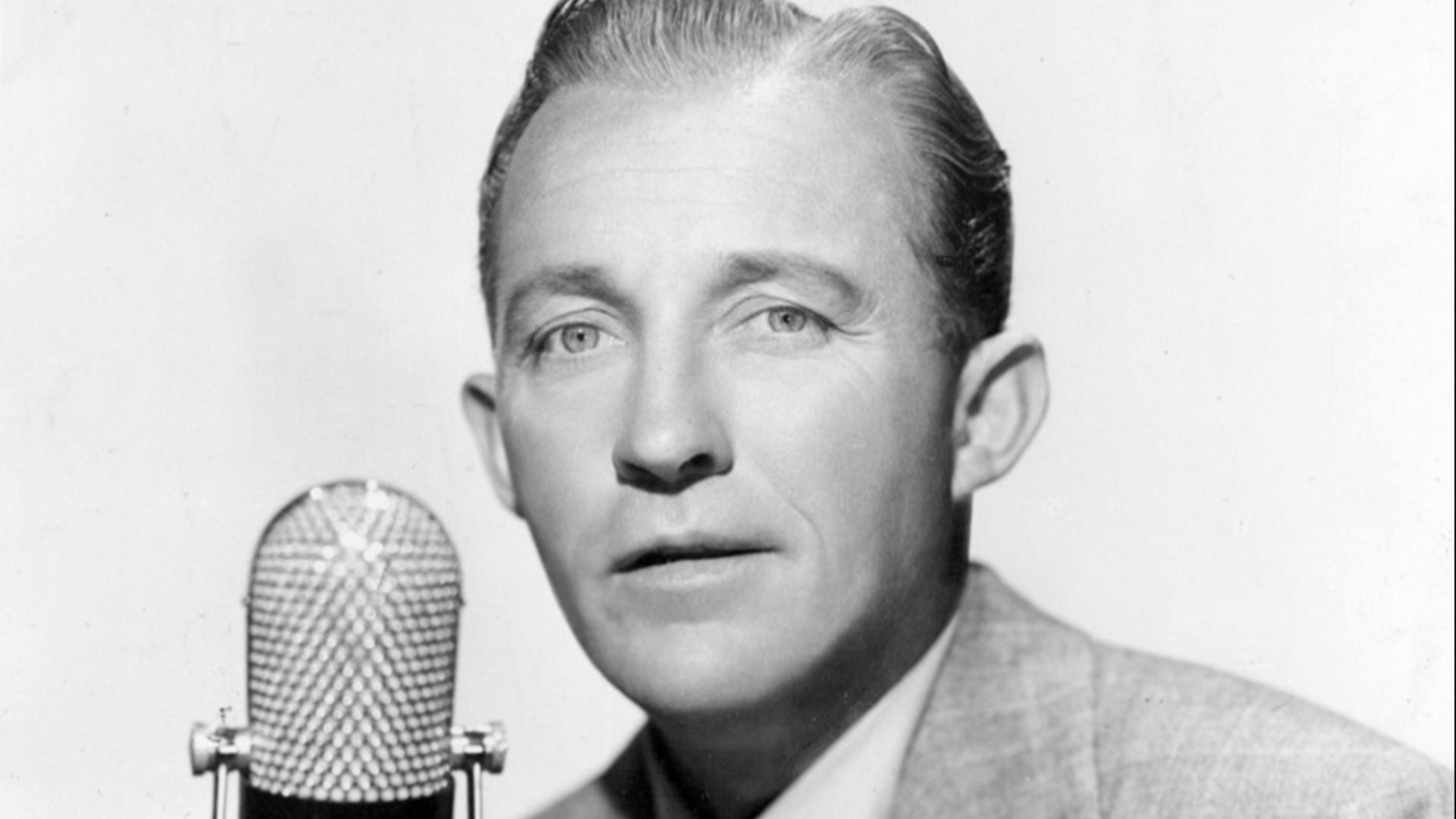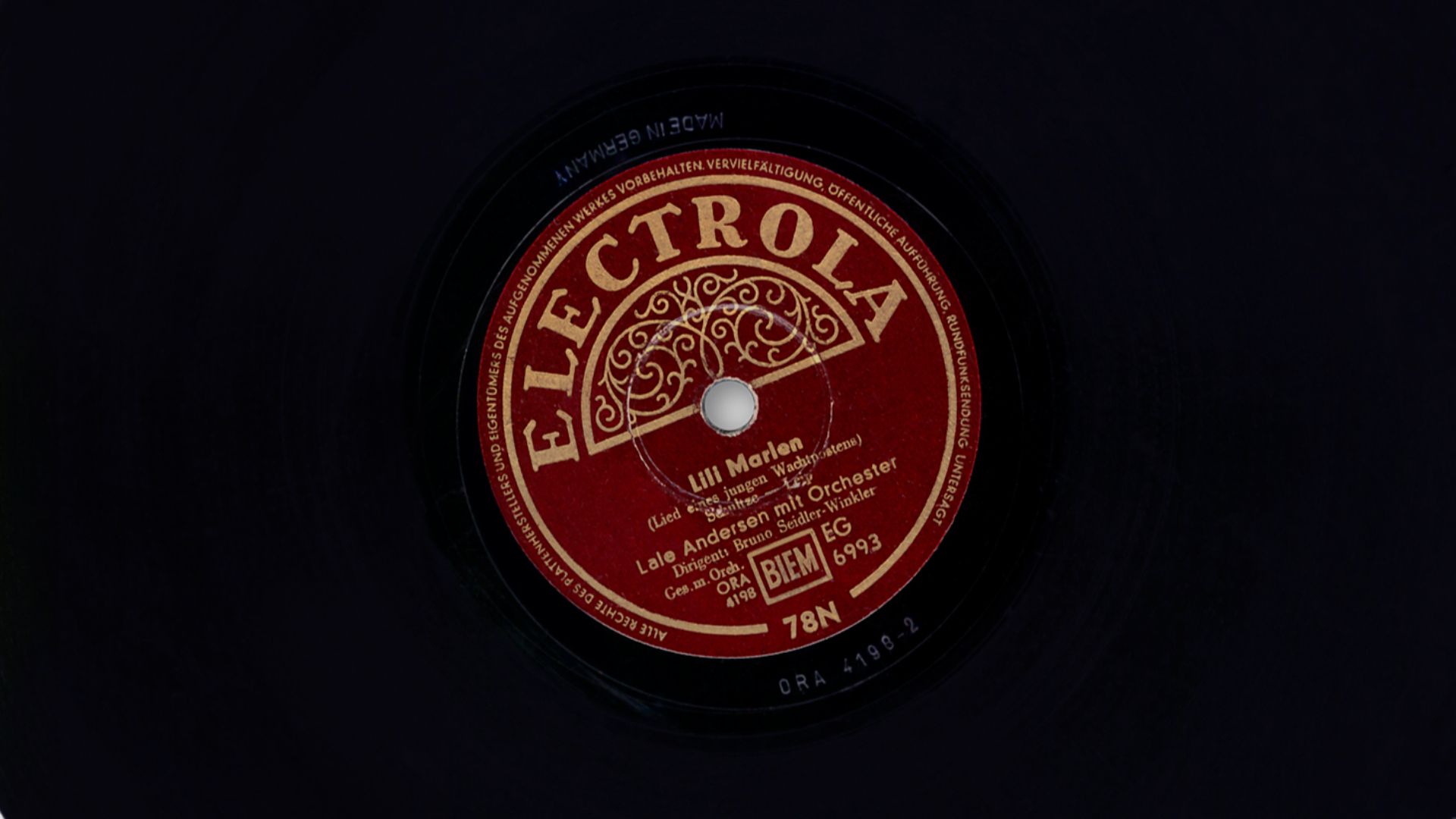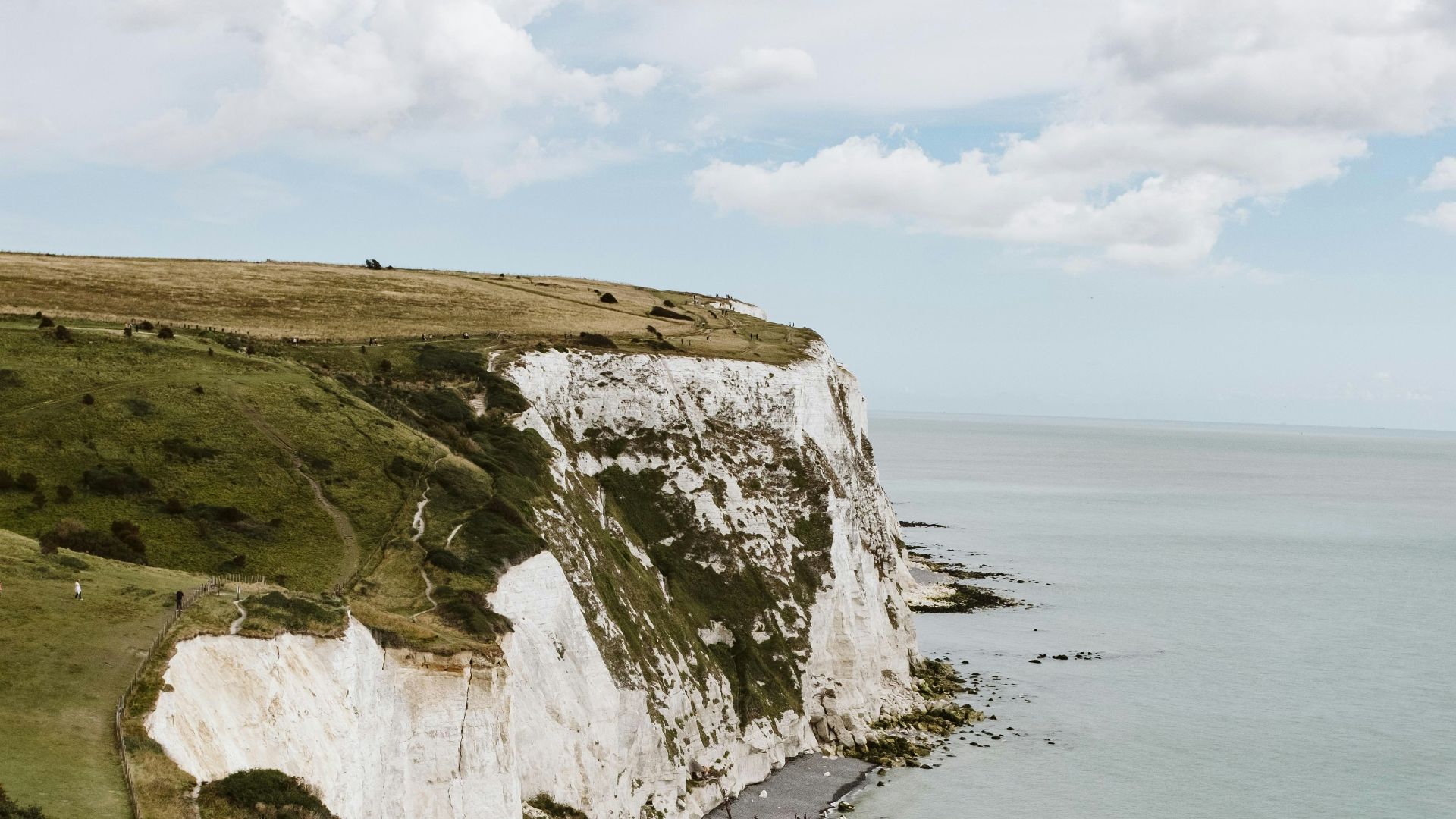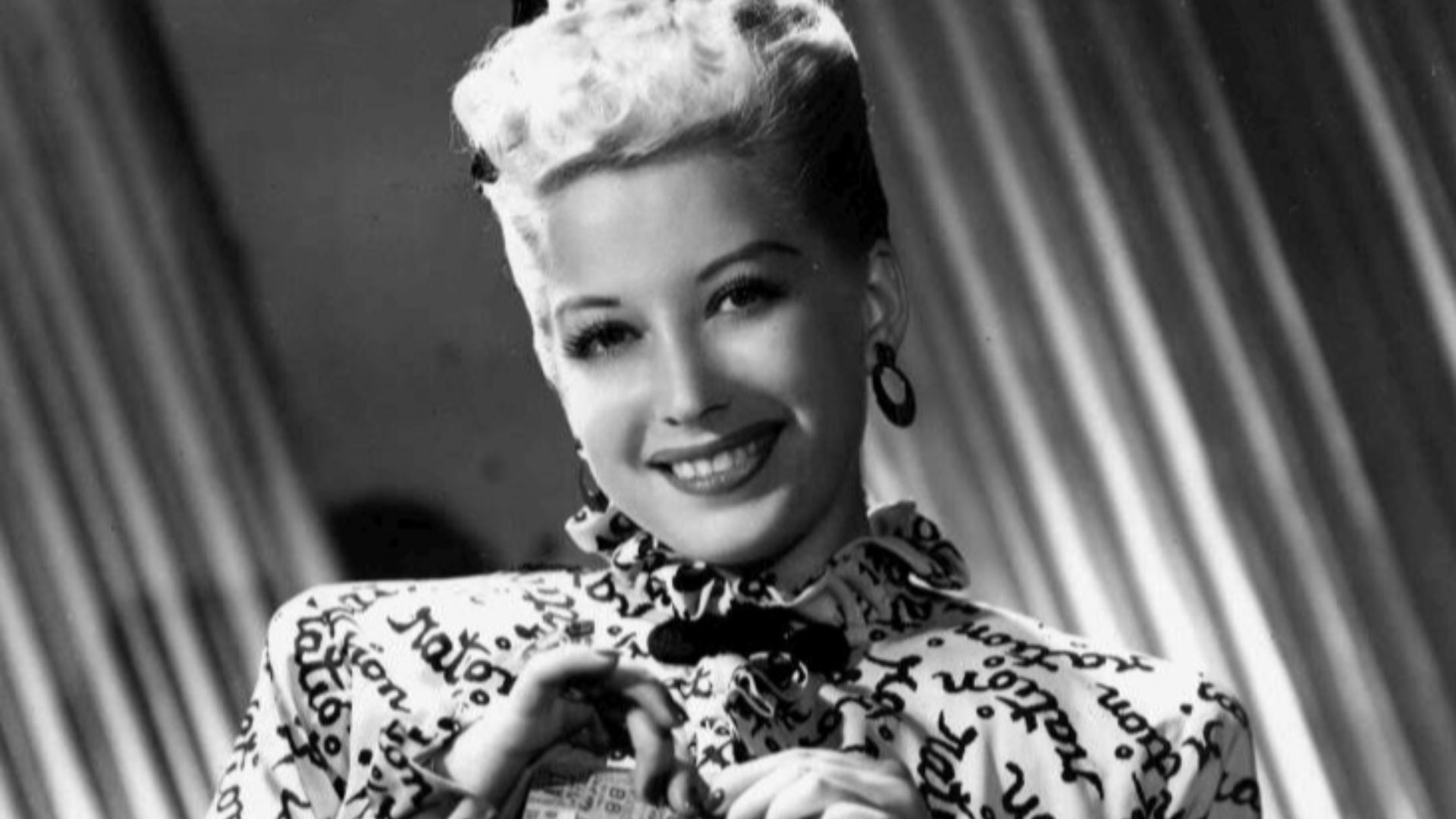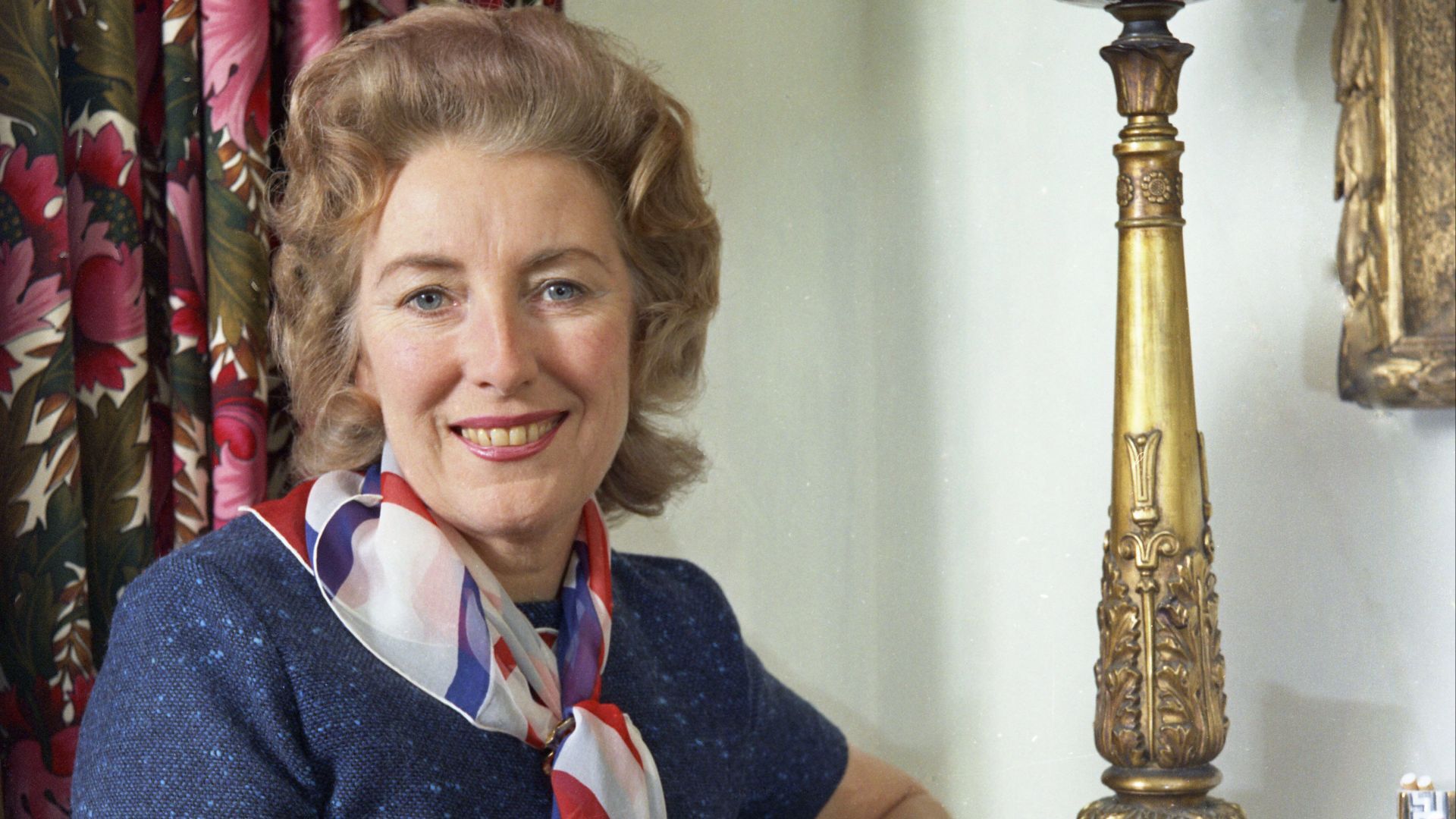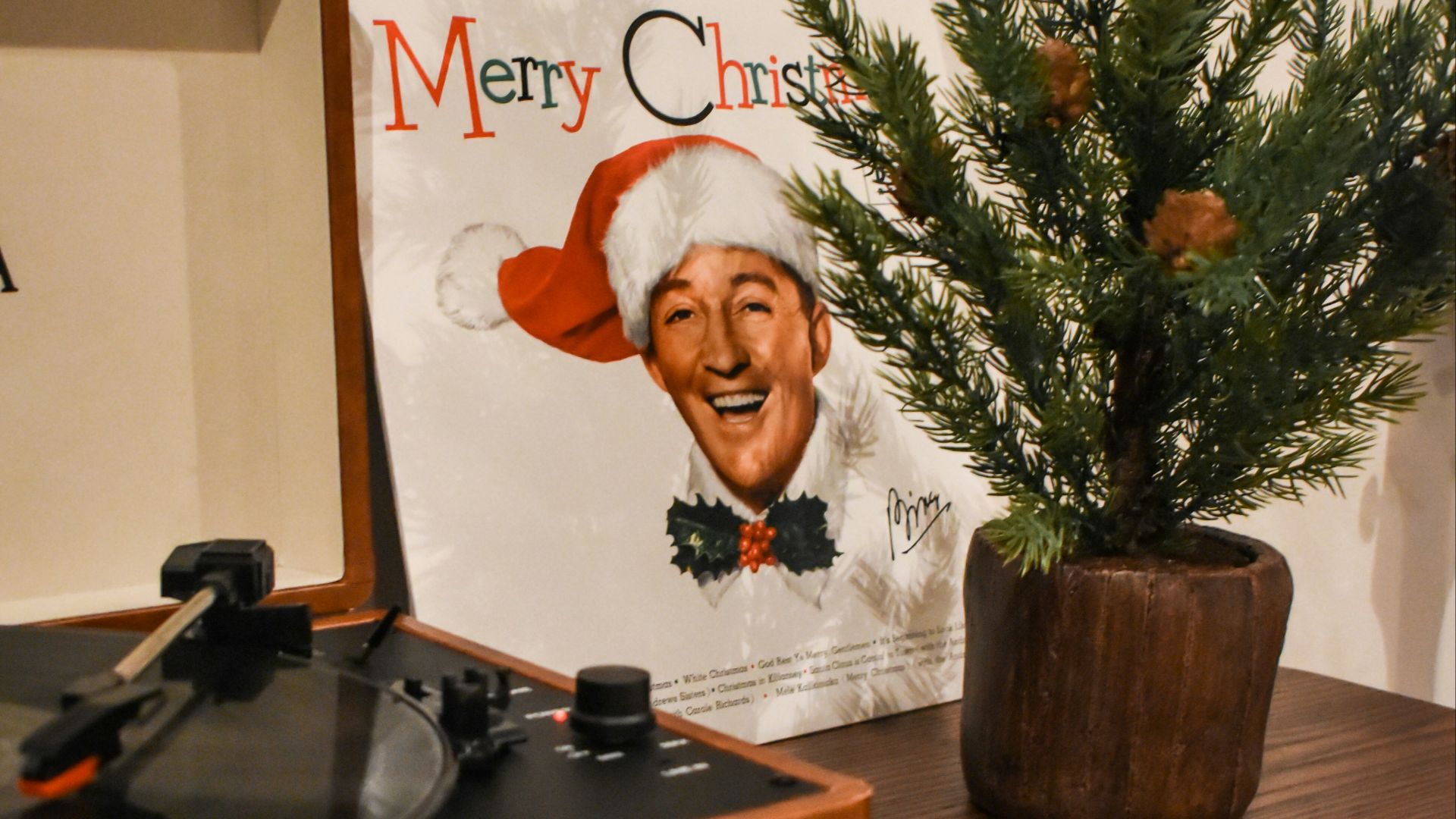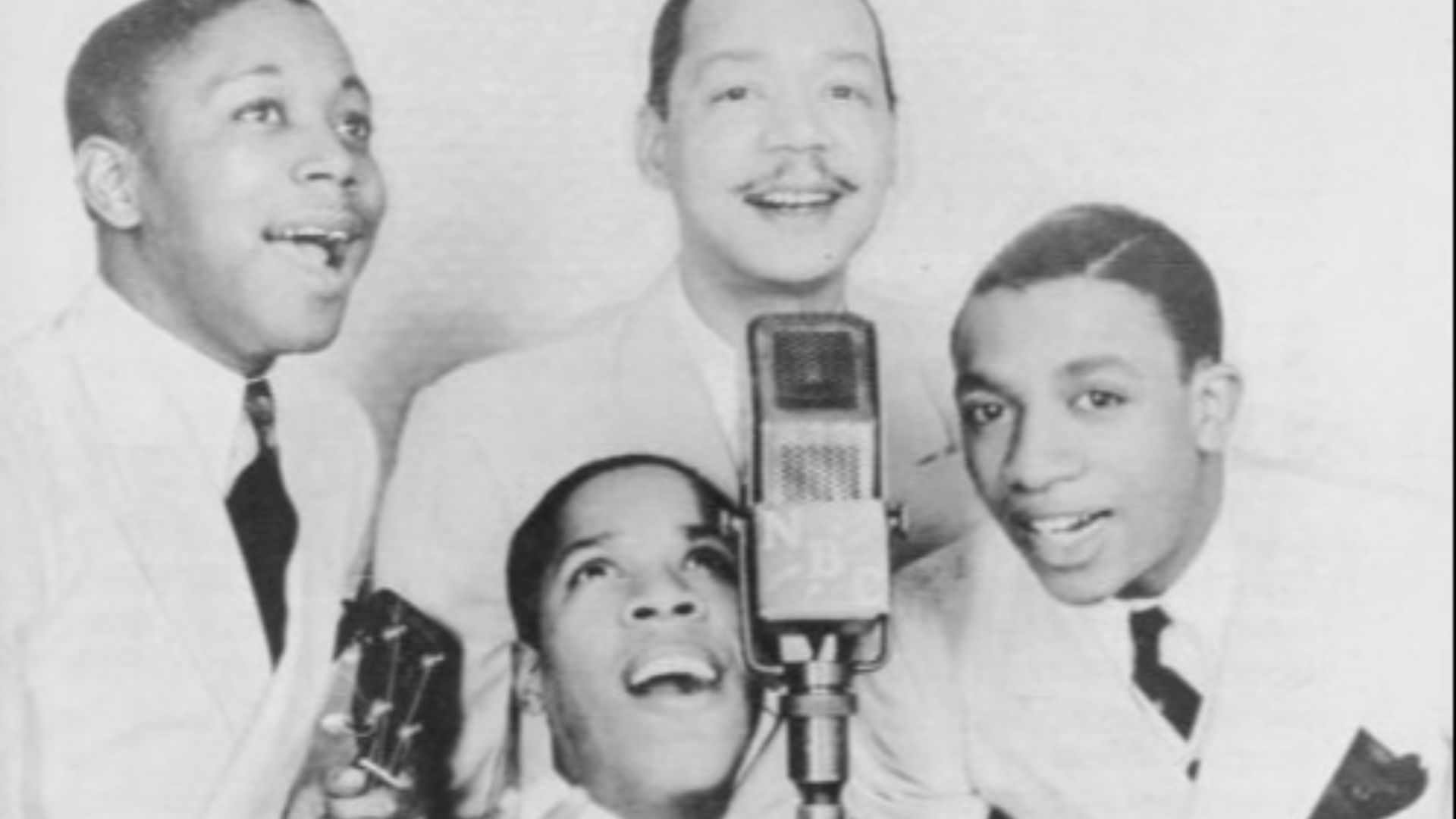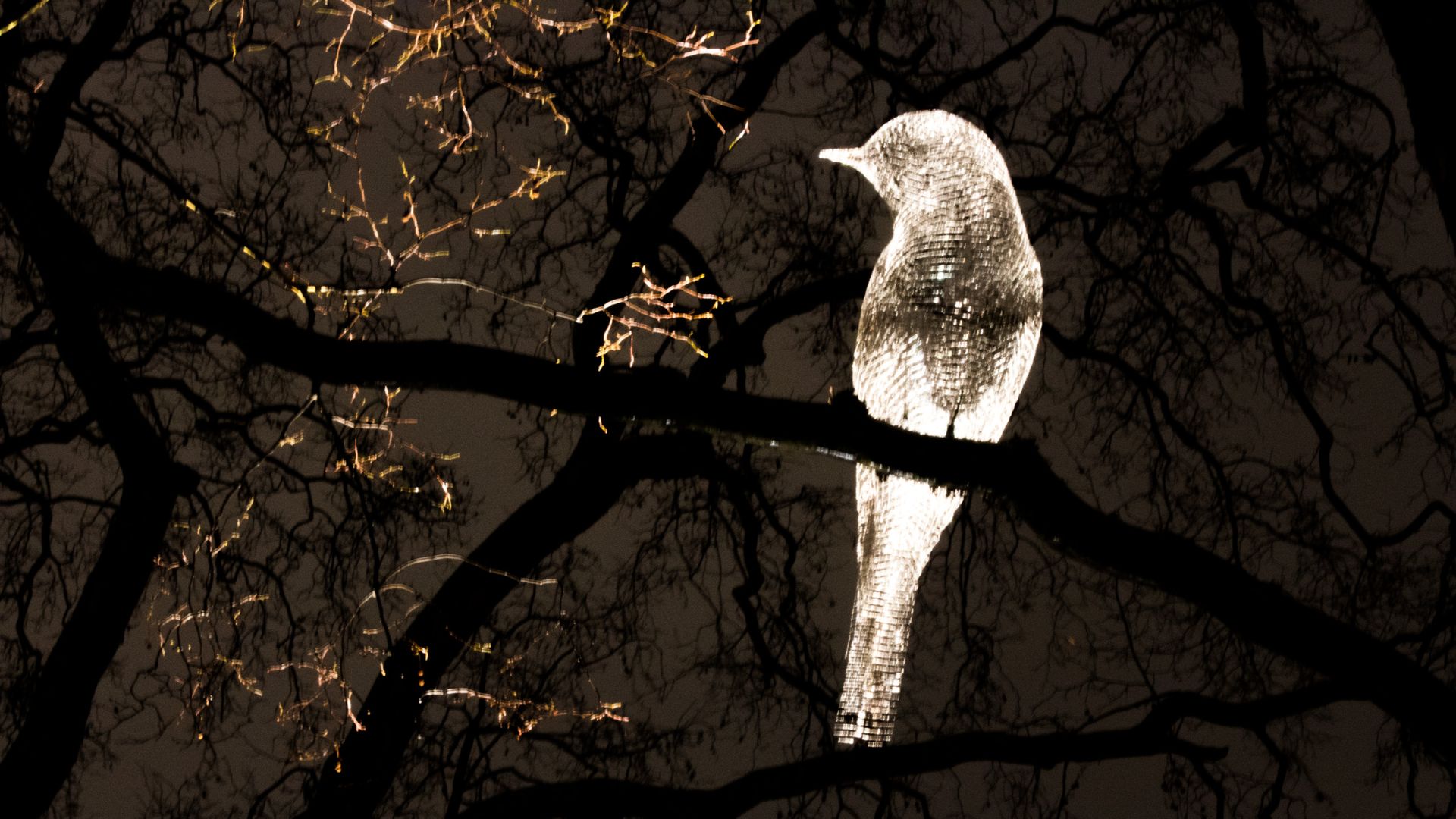Here's What Was Playing in the 1940s
The years between 1939 and 1945 were turbulent times, a battle between all countries in what we now know as World War II (WWII). Even then, music remained a constant, with themes surrounding war and waiting for loved ones to come home. From The Andrew Sisters' "Boogie Woogie Bugle Boy" to Bing Crosby's "White Christmas," here are 20 of the most memorable hit songs from WWII.
1. Boogie Woogie Bugle Boy
Probably the most definitive song from World War II is The Andrew Sisters' "Boogie Woogie Bugle Boy." Written by Don Raye and Hughie Prince for Buck Privates, a 1941 military musical comedy that became one of the most successful films of that year, "Boogie Woogie Bugle Boy" was likely The Andrew Sisters' most famous hit.
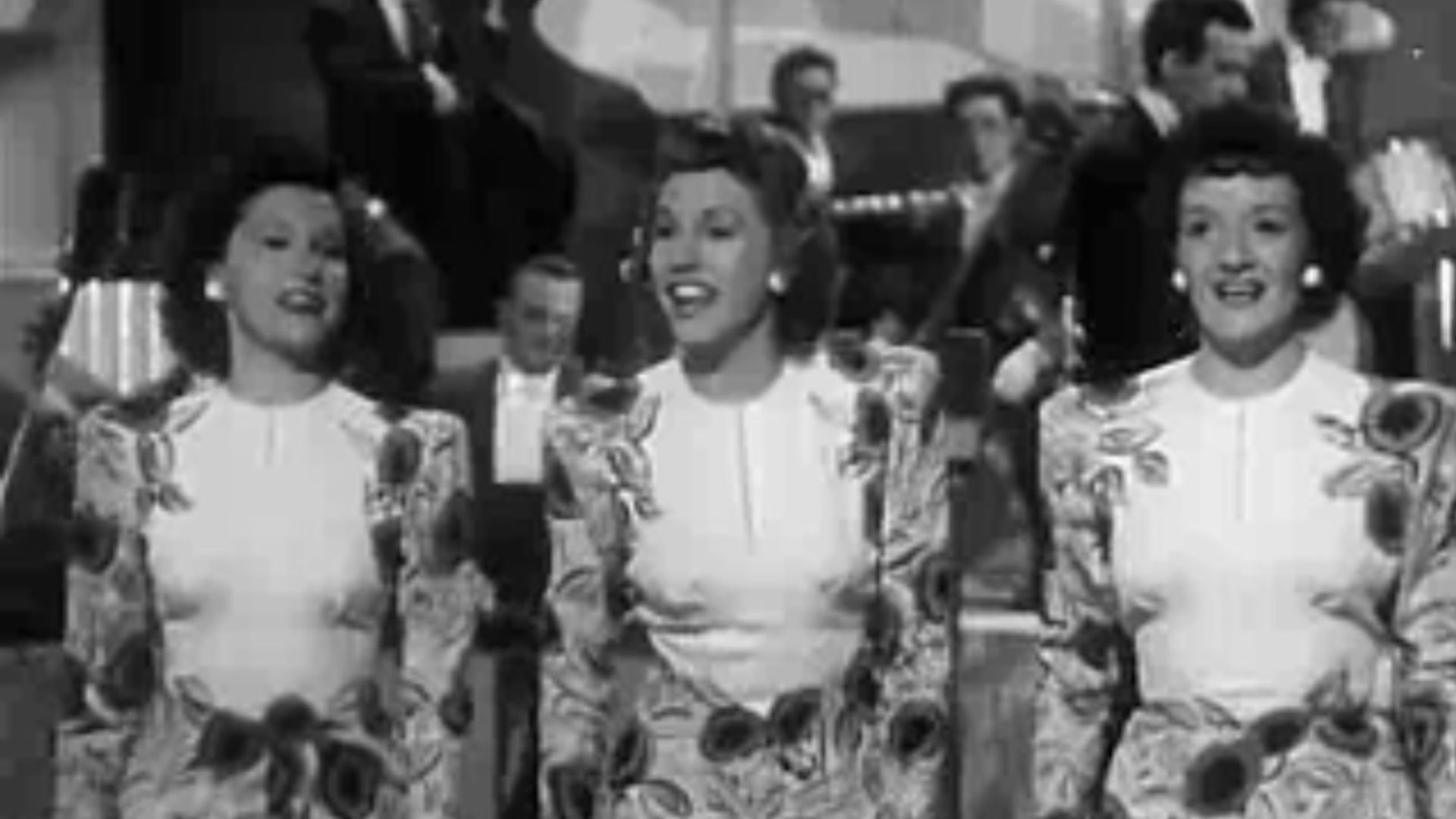 Universal Pictures on Wikimedia
Universal Pictures on Wikimedia
2. I'm Making Believe
Released in 1944, "I'm Making Believe" was first performed by Benny Goodman and His Orchestra, and appeared in Sweet and Low-Down, a film starring said artist (along with American actress Linda Darnell) which was released in the same year. The version recorded by the Ink Spots and Ella Fitzgerald, however, sprang it into fame, topping Billboard's National Best Selling Retail Records. It went on to sell over a million copies before Fitzgerald's death in 1996.
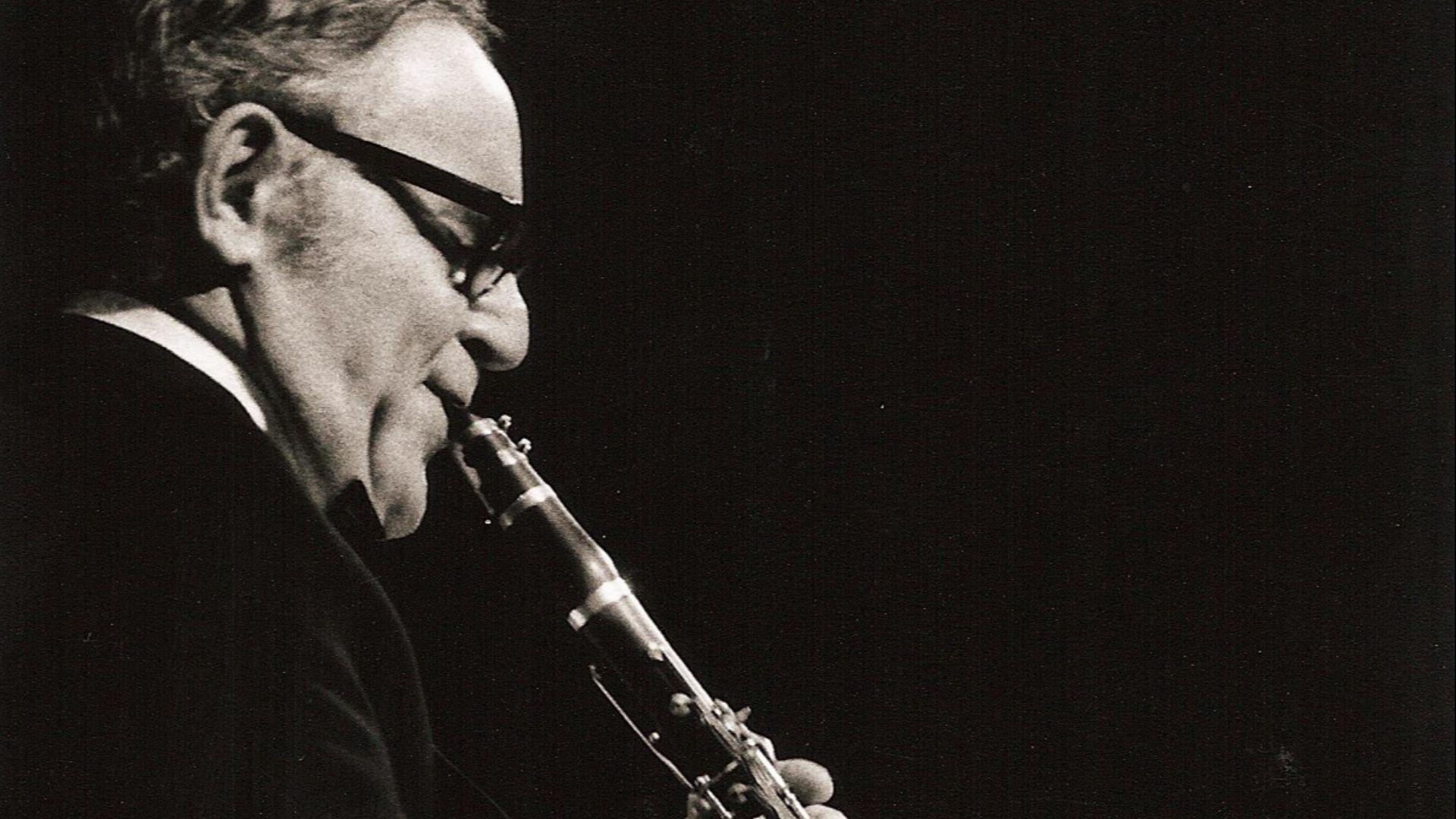 Hans Bernhard (Schnobby) on Wikimedia
Hans Bernhard (Schnobby) on Wikimedia
3. Dancing in the Dark
First recorded by Bing Crosby in 1931, "Dancing in the Dark" was an iconic hit, composed by Arthur Schwartz and written by Howard Dietz, a famed duo known for their songwriting collaborations. When Artie Shaw and His Orchestra released their version in 1941, it earned Shaw a gold record—one of his eventual total of eight.
4. (I'll Be With You) In Apple Blossom Time
"(I'll Be with You) In Apple Blossom Time" was one of many great hit songs, first released during the Roaring Twenties. It was recorded by several artists, including Artie Shaw and Vera Lynn. But the version by The Andrews Sisters topped the US charts in 1941, landing at number five.
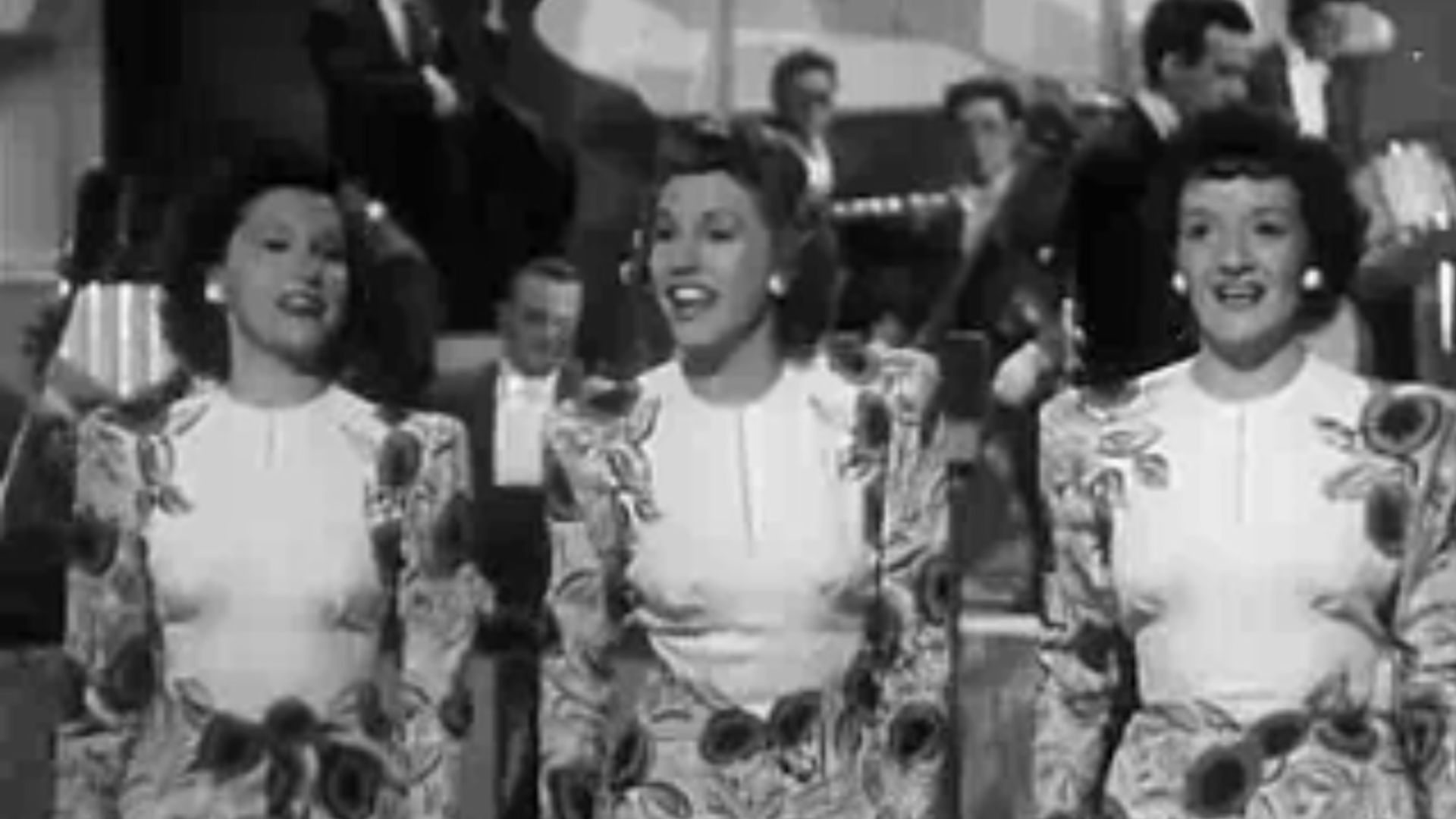 Universal Pictures on Wikimedia
Universal Pictures on Wikimedia
5. It's Been a Long, Long Time
Another hit came toward the end of WWII, in the form of "It's Been a Long, Long Time." Featuring music by English-American songwriter and composer Jule Styne and American lyricist Sammy Cahn, the most famous version of this song was recorded by Harry James and His Orchestra, with vocals by Kitty Kallen, in 1945. Other popular recordings include Bing Crosby with Les Paul and His Trio, Charlie Spivak and His Orchestra with vocals by Irene Daye, and Stan Kenton and His Orchestra with vocals by June Christy—all also released in 1945.
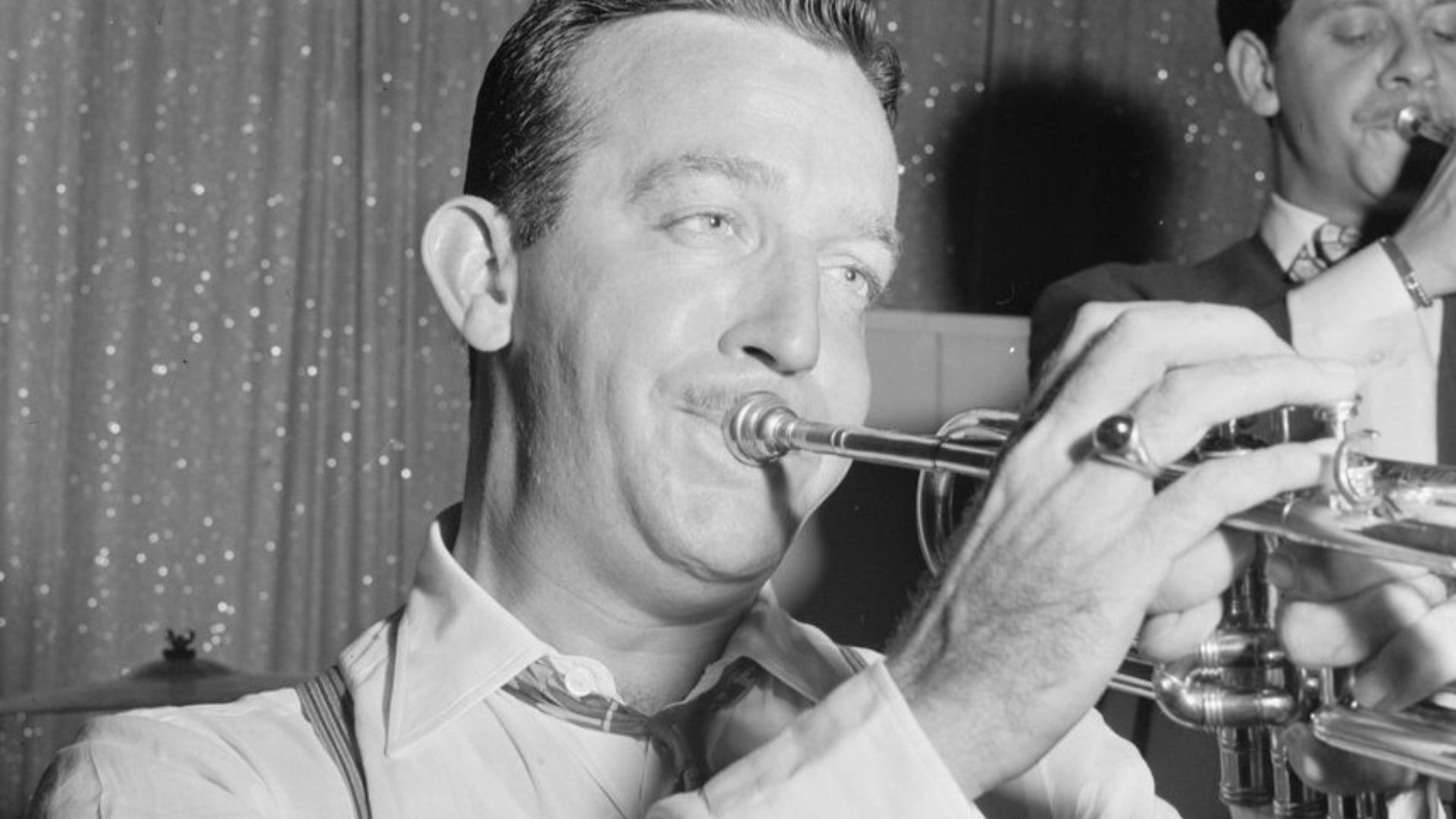 Gottlieb, William P., 1917-, photographer. on Wikimedia
Gottlieb, William P., 1917-, photographer. on Wikimedia
6. Take the "A" Train
Written by Billy Strayhorn, "Take the 'A' Train" was Duke Ellington and His Orchestra's signature song, one that propelled his band's fame to financial success. It's also considered one of the most important jazz compositions of all time, and was performed regularly by Ellington and co. until his death in 1974.
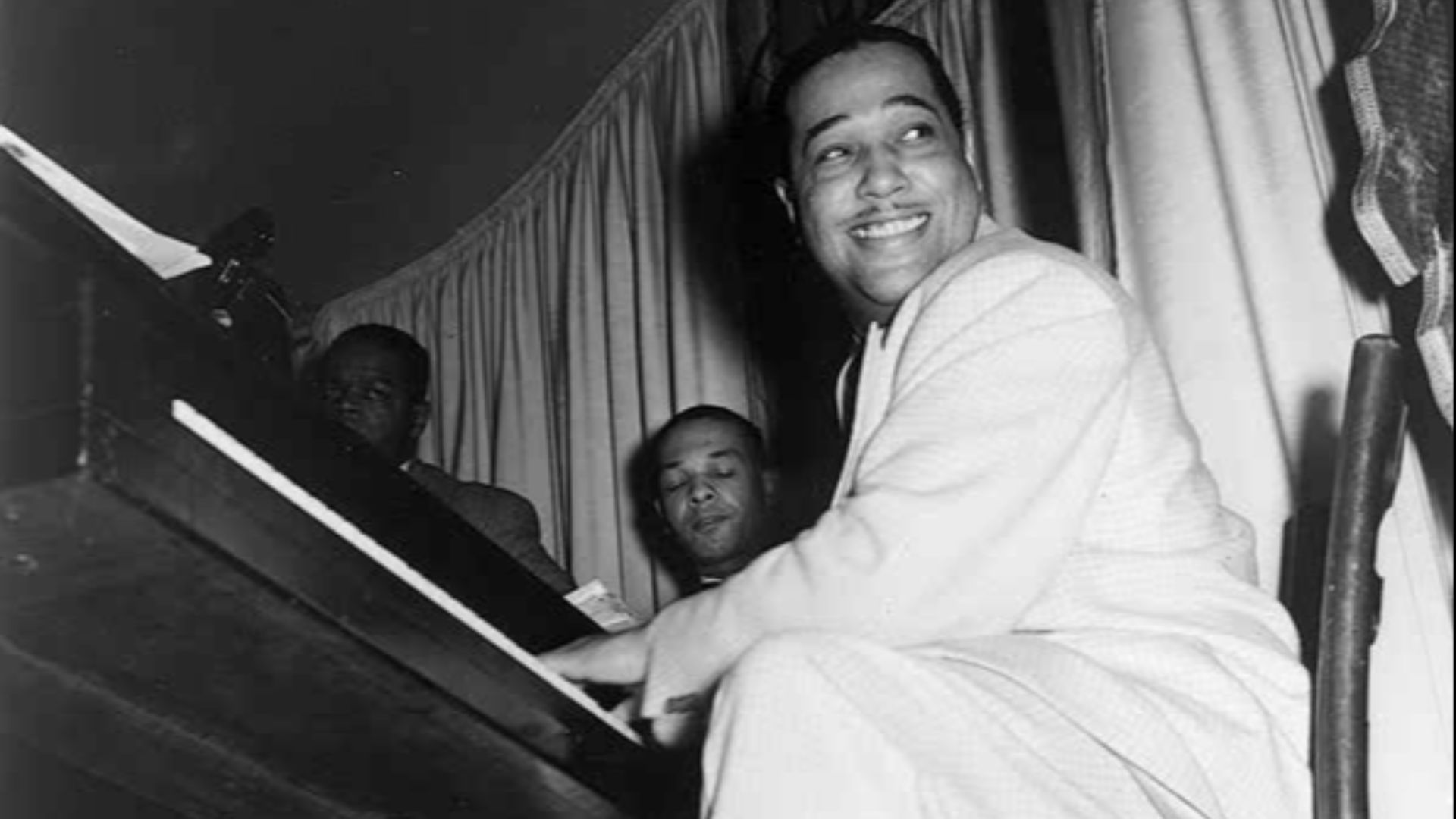 Koeppen~commonswiki on Wikimedia
Koeppen~commonswiki on Wikimedia
7. Have I Stayed Away Too Long?
Before Willie Nelson's version in 1967, "Have I Stayed Away Too Long?" was first recorded by Tex Ritter & His Texans in late 1943, before being adapted by Perry Como—who took first release—a few short weeks later at the end of the year. Nelson's rendition is just one of countless other interpretations. Writer Frank Loesser, who wrote the famed song, "Baby, It's Cold Outside," also penned a few patriotic tunes, including "Praise the Lord and Pass the Ammunition" (1942).
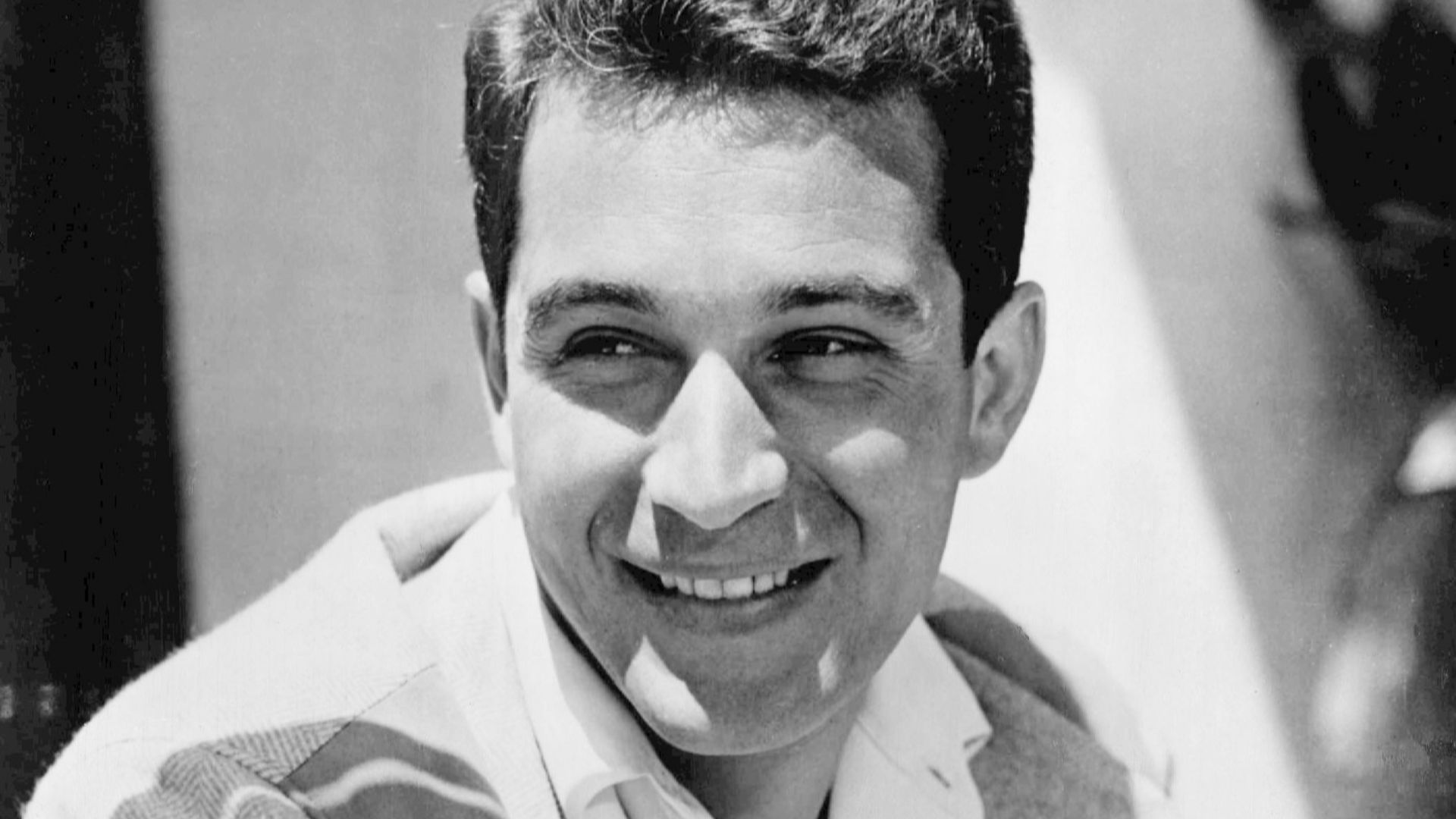 General Amusements Corporation (management) on Wikimedia
General Amusements Corporation (management) on Wikimedia
8. I'll Walk Alone
"I'll Walk Alone" was another song that June Styne and Sammy Cahn collaborated on musically and lyrically. It was written for the 1944 musical film Follow the Boys (known also as Three Cheers for the Boys) and sung by Dinah Shore. While it became a number-one hit on the Billboard charts and was nominated for Best Original Song in the Academy Awards, it ultimately lost to Bing Crosby's "Swinging on a Star."
9. I Can't Begin To Tell You
Published in 1945, "I Can't Begin to Tell You" featured music by Italian-American composer James V. Monaco and American lyricist Mack Gordon. The most well-known recording was released by Bing Crosby, which hit number one on the Billboard Best Seller chart and remained on the list for over four months.
10. Lili Marlene
A German love song that became a popular hit during WWII, "Lili Marlene" was first written as a poem in 1915 before being published as a song in 1937. Its first recording came two years later, by Lale Andersen under the name "The Girl under the Lantern." But Marlene Dietrich's rendition, released in 1945, was one of the most notable versions, one she regularly performed live for Allied Troops in Europe.
11. (There'll Be Bluebirds Over) The White Cliffs Of Dover
Featuring American composer Walter Kent and lyricist Nat Burton, "(There'll Be Bluebirds Over) The White Cliffs of Dover" is among the most iconic tunes from WWII. Vera Lynn's rendition, recorded in 1942, was especially popular. Inspiration for the song came from the Battle of Britain, when the Royal Air Force and German Luftwaffe aircraft fought over the white cliffs of Dover.
12. Paper Doll
One of the most famous songs by the Mills Brothers was "Paper Doll." It was written by Johnny S. Black, who was apparently inspired after being jilted by his girlfriend. At least it led to great success, as it became a number-one hit on the Billboard singles chart, a position that the Mills Brothers held for 12 consecutive weeks.
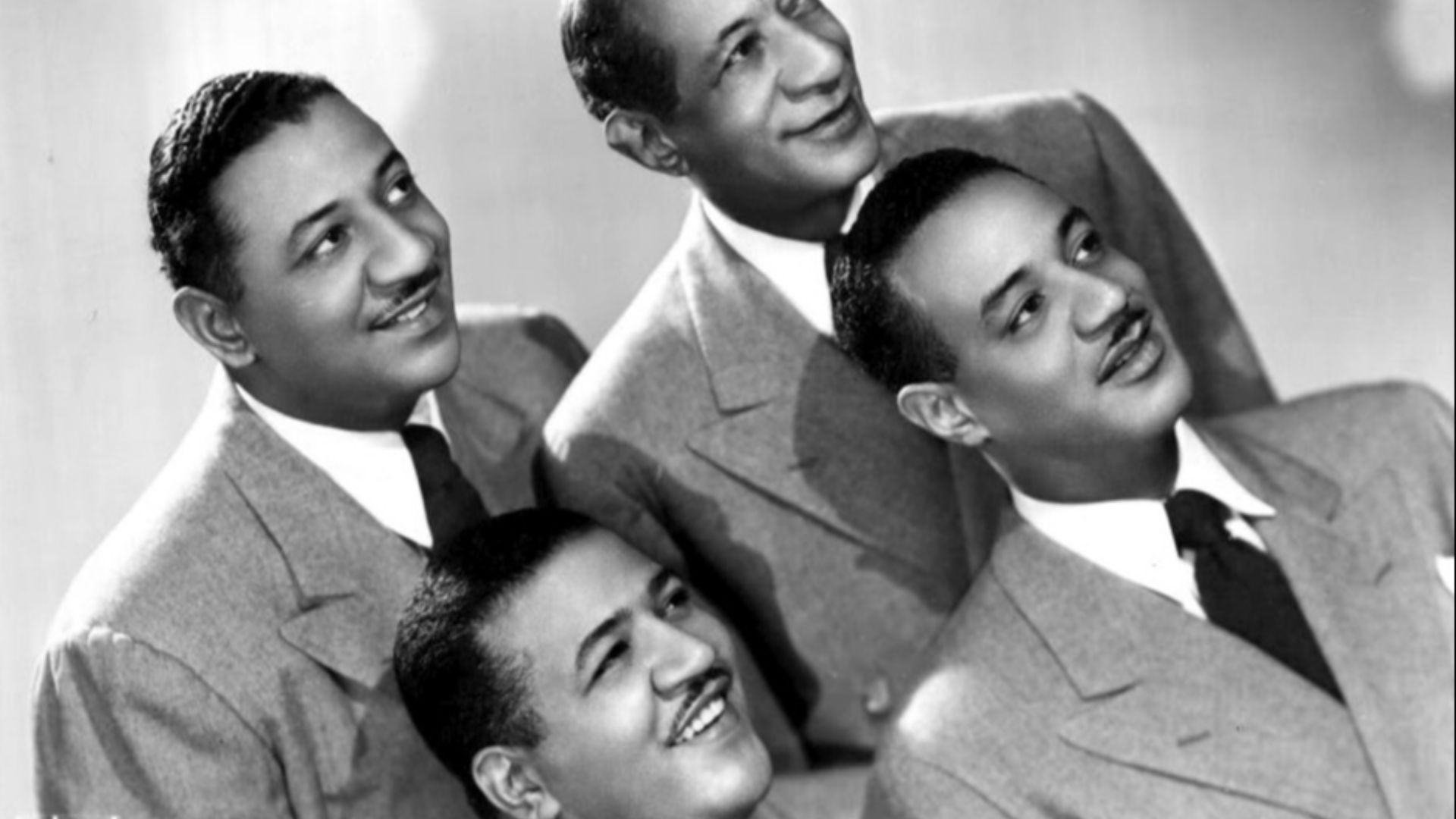 General Artists Corporation/photo by James J. Kriegsmann, New York on Wikimedia
General Artists Corporation/photo by James J. Kriegsmann, New York on Wikimedia
13. I've Heard That Song Before
"I've Heard That Song Before" is another collaborative work between Jule Styne and Sammy Cahn. Its popularity led to it being nominated for the Academy Award for Best Original Song in 1942 (after its appearance in the musical film Youth on Parade), though it lost to Bing Crosby's "White Christmas." The most notable rendition of the song came from Harry James and his Orchestra, with vocals by Helen Forrest, released in the summer of 1942.
14. We'll Meet Again
Another iconic hit by Vera Lynn was her 1939 song, "We'll Meet Again." One of WWII's most famous hits, there's a sentimental reason for its popularity: it resonated deeply with soldiers leaving for war, and for the families waiting for them to come home.
15. Let's Take the Long Way Home
First recorded in the new year of 1945 then released right before the start of spring, "Let's Take the Long Way Home" was just one of many songs Cab Calloway and His Orchestra would be known for. It was first written for the 1944 musical film Here Come the Waves, sprung from a collaboration between American composer Harold Arlen and lyricist Johnny Mercer. Bing Crosby also recorded a version in the same year as Cab Calloway.
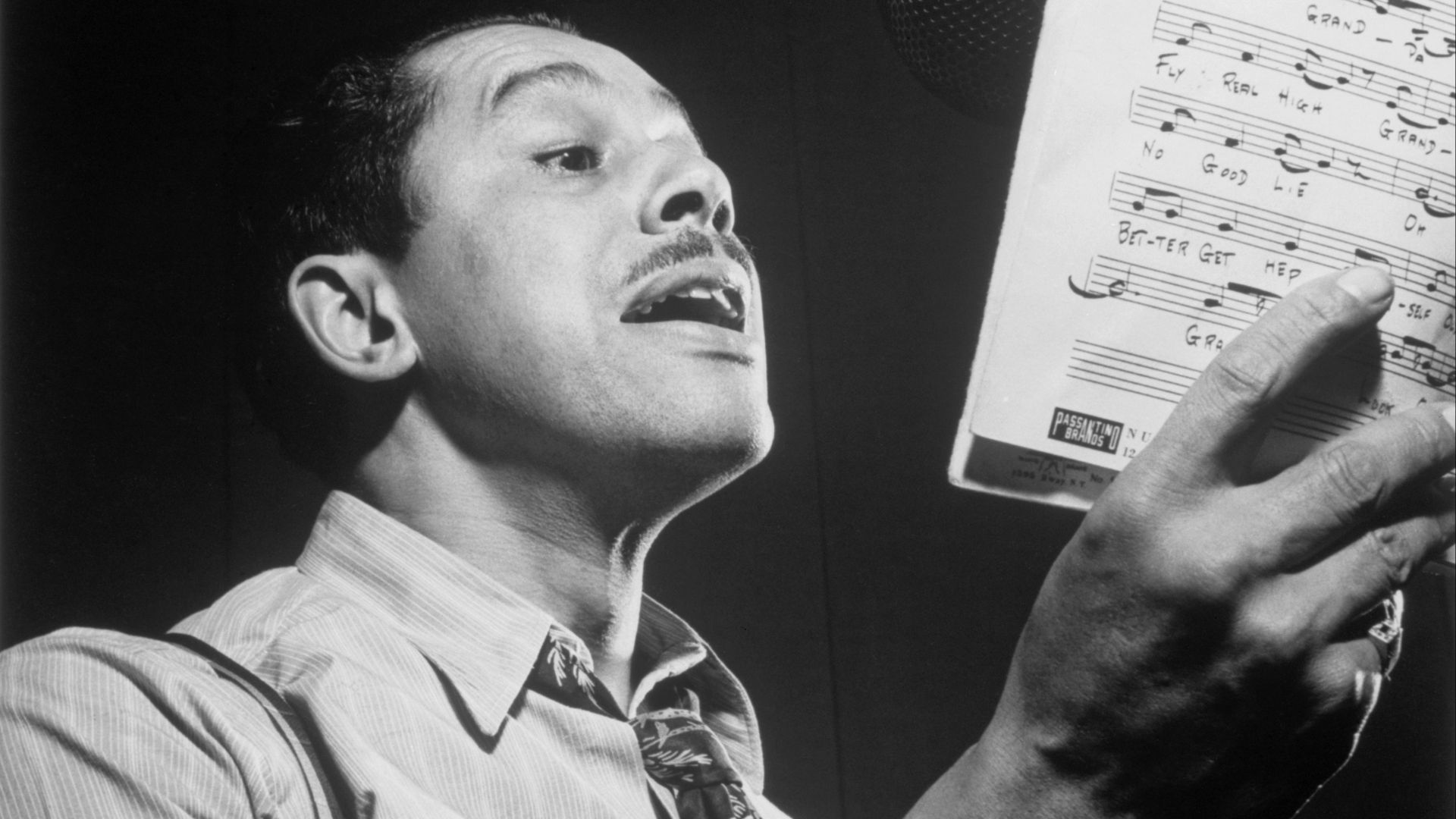 William P. Gottlieb on Wikimedia
William P. Gottlieb on Wikimedia
16. White Christmas
"White Christmas" is the kind of song that transcends time, known by many even decades after its first release. Written by Irving Berlin for Holiday Inn, a 1942 musical film that won the song an Academy Award for Best Original Song, its acclaim isn't without reason. Bing Crosby's original version, which topped the Billboard chart for 11 weeks, still returns to the top 40 every now and then.
17. Moonlight Becomes You
Featuring American composer Jimmy Van Heusen and lyricist Johnny Burke, "Moonlight Becomes You" was produced for Road to Morocco, a 1942 American comedy film that starred Bing Crosby, Bob Hope, and Dorothy Lamour. This was another song made popular by Bing Crosby, whose version was released in the summer of 1942.
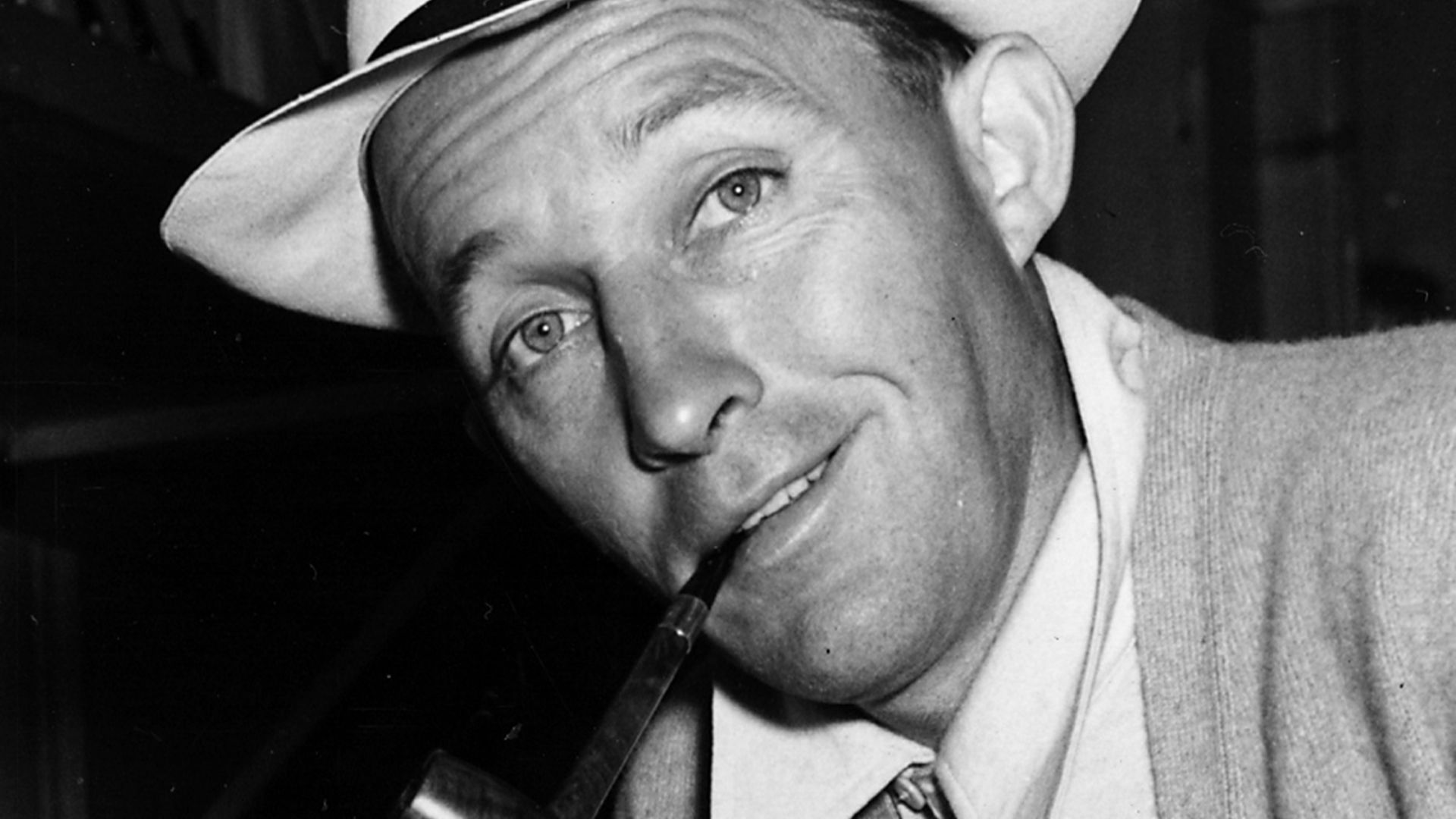 Roosevelt, Franklin D. (Franklin Delano), 1882-1945 on Wikimedia
Roosevelt, Franklin D. (Franklin Delano), 1882-1945 on Wikimedia
18. Sentimental Journey
Due to the musicians' strike from 1942 to 1944, Les Brown and His Band of Renown weren't able to record the hit until after the revolt, in November 1944, with Doris Day on vocals. Because its release came at the end of WWII in Europe, it was regarded as the "homecoming theme" for returning veterans.
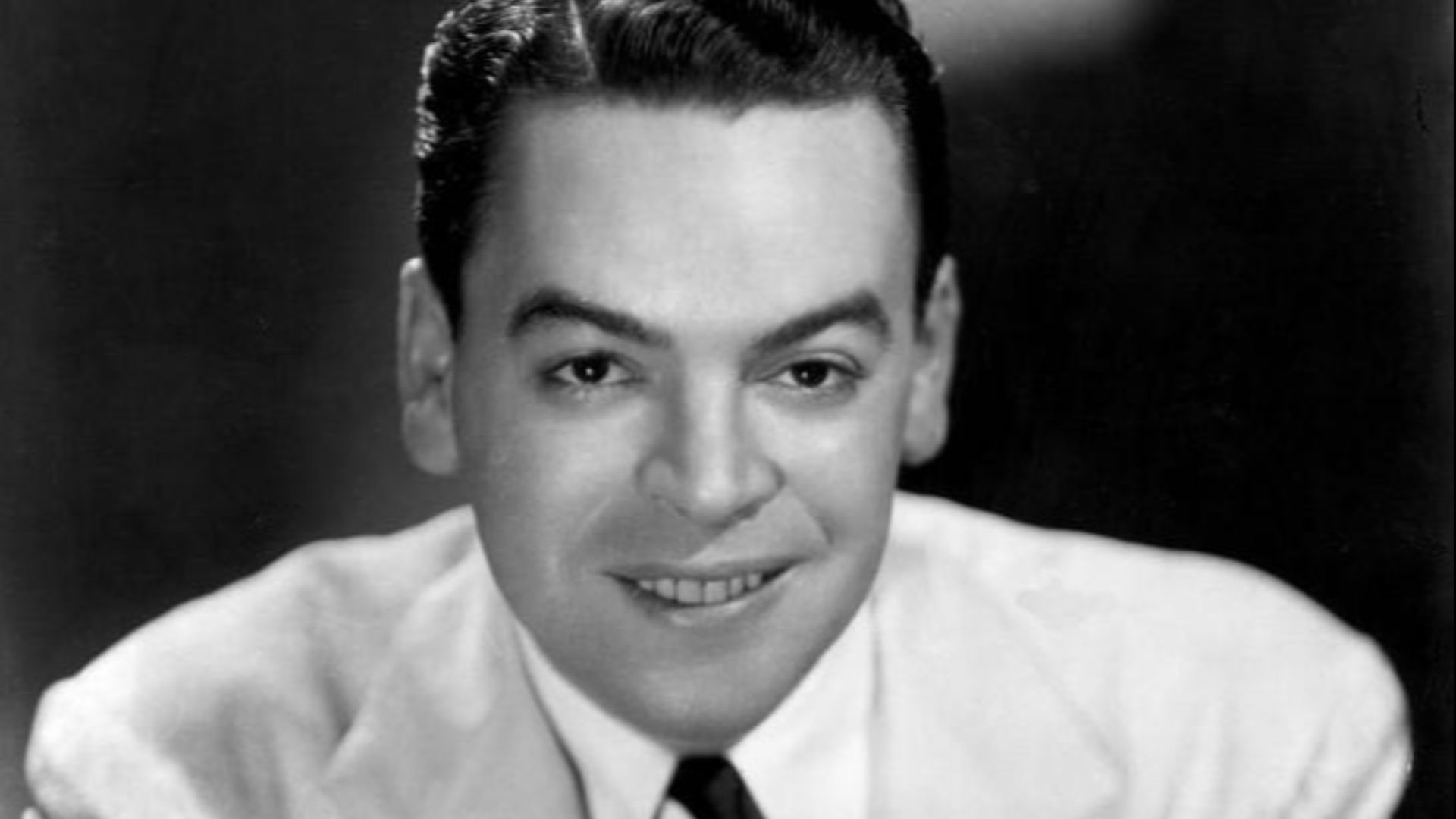 Associated Booking Corporation (management)/photographer: James Kriegsmann on Wikimedia
Associated Booking Corporation (management)/photographer: James Kriegsmann on Wikimedia
19. I'll Get By (As Long As I Have You)
"I'll Get By (As Long As I Have You)" came from a collaboration between American composer Fred E. Ahlert and lyricist Roy Turk, published in 1928. There are several notable recordings, including Harry James and His Orchestra with vocals by Dick Haymes, and The Ink Spots with tenor Bill Kenny.
20. A Nightingale Sang In Berkeley Square
Written by American composer Manning Sherwin and English writer Eric Maschwitz shortly before the start of WWII, "A Nightingale Sang In Berkeley Square" was performed by several notable artists, including Vera Lynn, Frank Sinatra, Bing Crosby, and Elsie Carlisle, among others. The title of the song, as claimed by Maschwitz, was taken from Michael Arlen's 1923 short story, "When the Nightingale Sang in the Berkeley Square."
KEEP ON READING
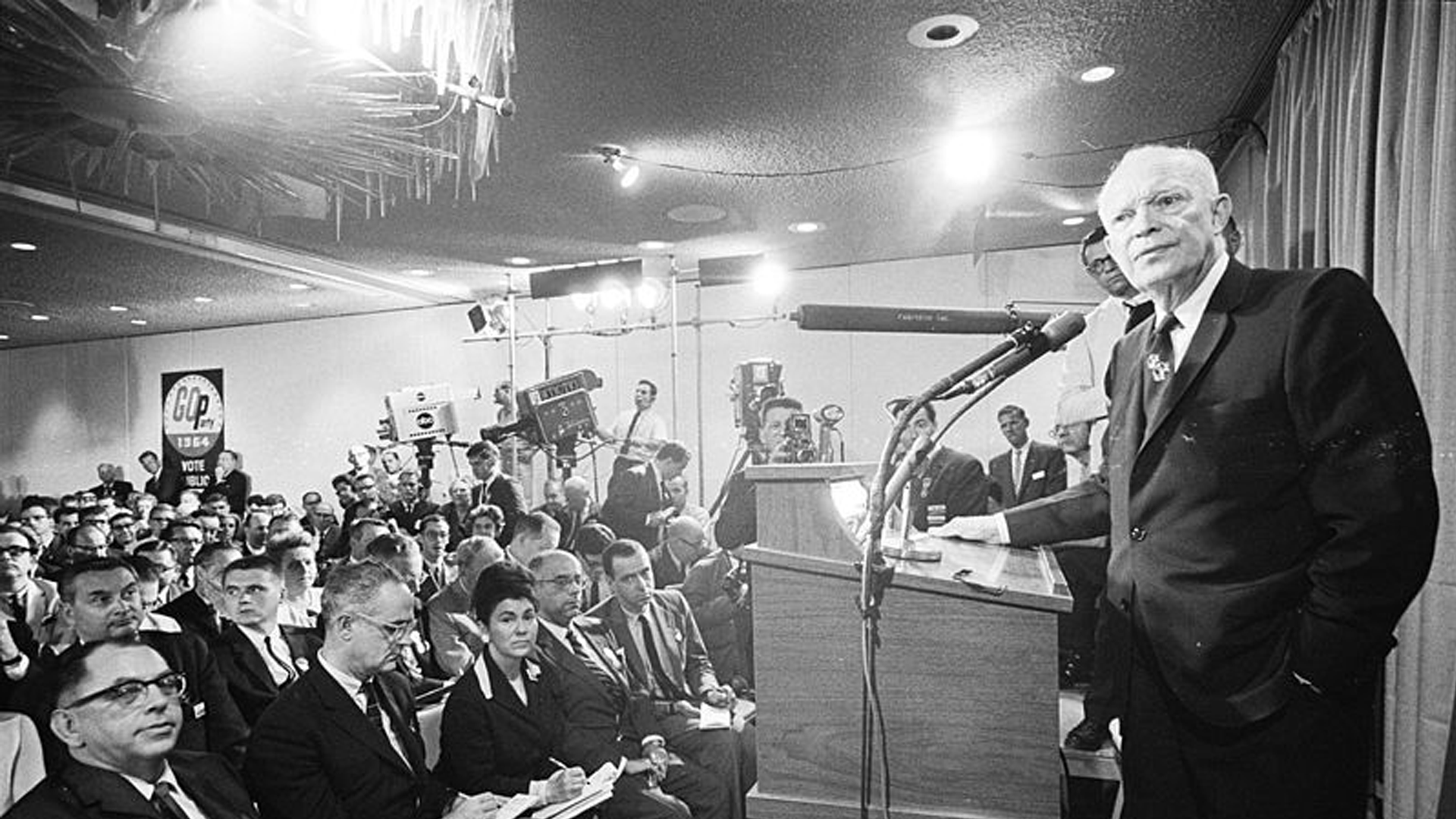
20 Important Names From World War II You Should Know
Key Players From World War II (For Good or Bad)World…
By Cathy Liu Feb 7, 2025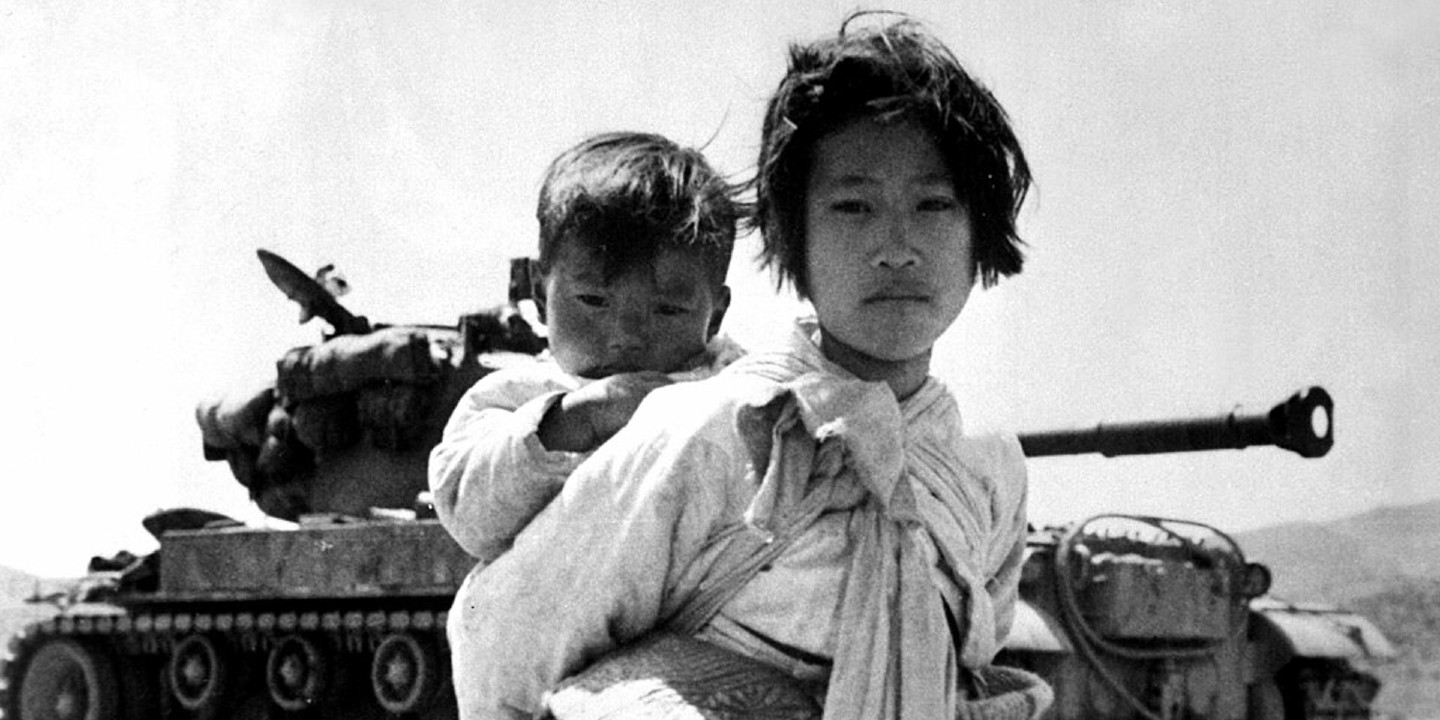
Everything You Need To Know About The Korean War
It Shaped More Than Just A CountryThe Korean War is…
By Emilie Richardson-Dupuis Feb 8, 2025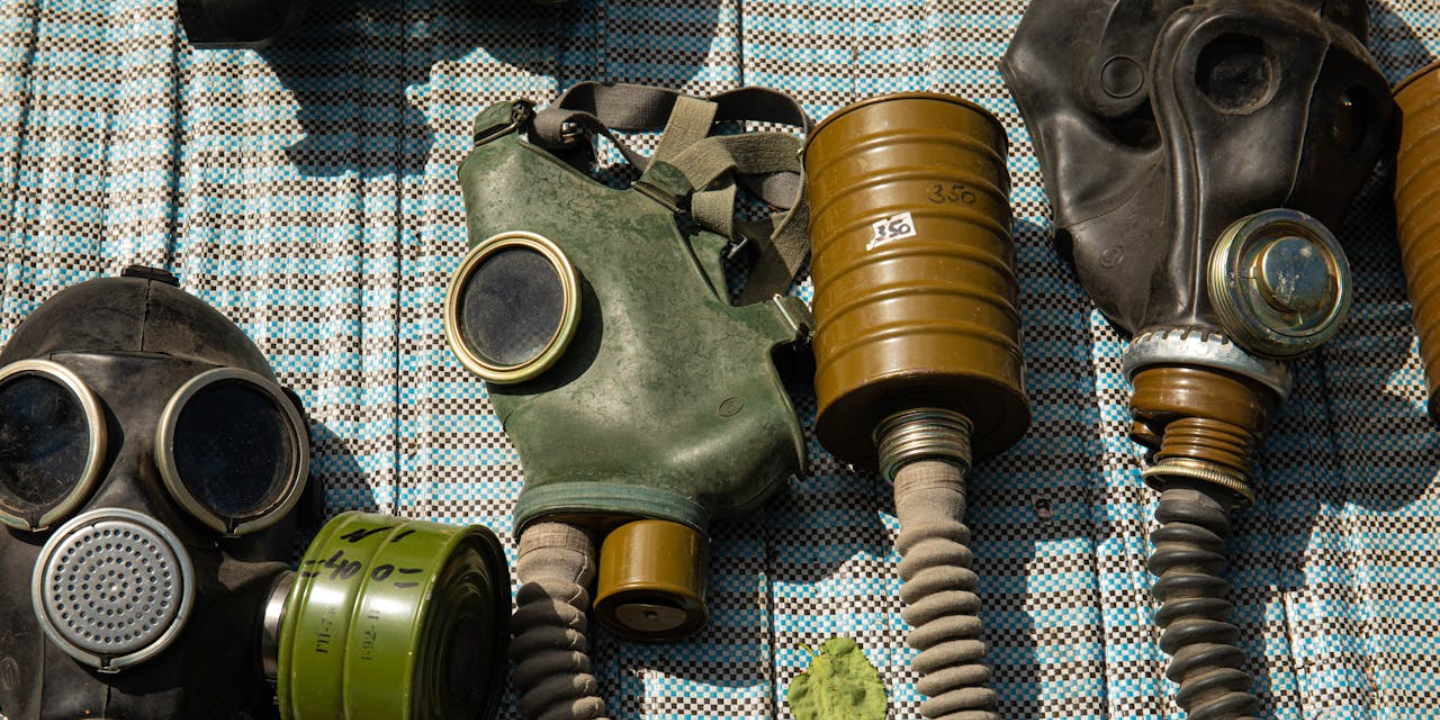
What Did & Didn't Happen During The Cold War
Icing The CompetitionThe Cold War lasted from 1947 to 1991,…
By Farva Ivkovic Feb 8, 2025
The 10 Most Famous Leonardo da Vinci Paintings & 10…
One of the World’s GreatestWhen you think of Leonardo da…
By Maria Cruz Feb 10, 2025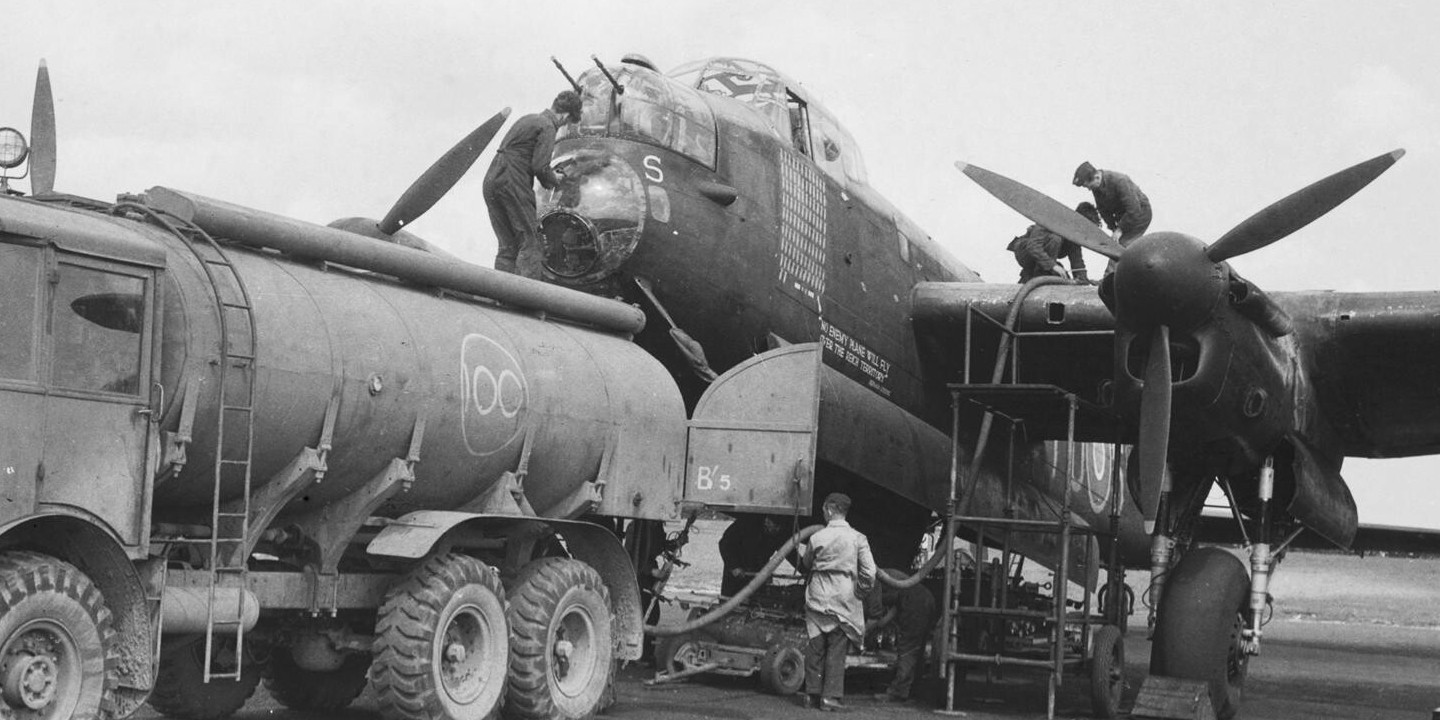
10 Major Differences & 10 Similarities Between World War I…
Two of the Biggest Wars in HistoryWhether you’re a history…
By Maria Cruz Feb 8, 2025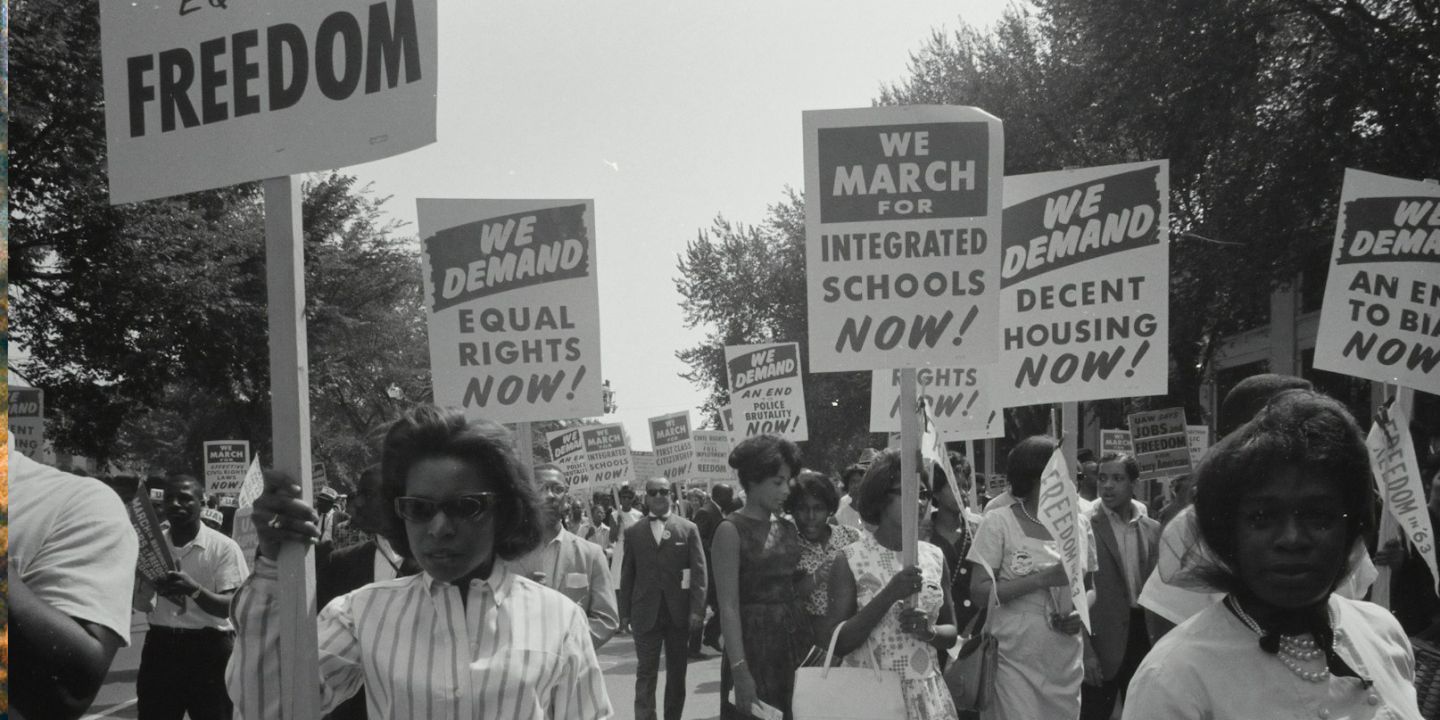
20 Major Events From The Past That Changed Life As…
Earth Shattering HistorySignificant events in history have shaped the way…
By Megan Wickens Feb 8, 2025

